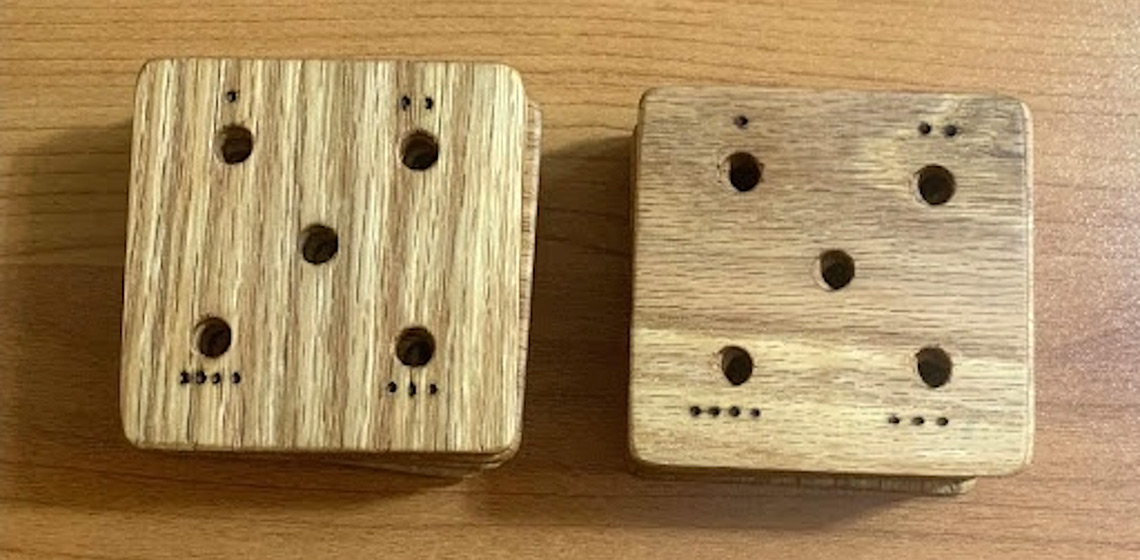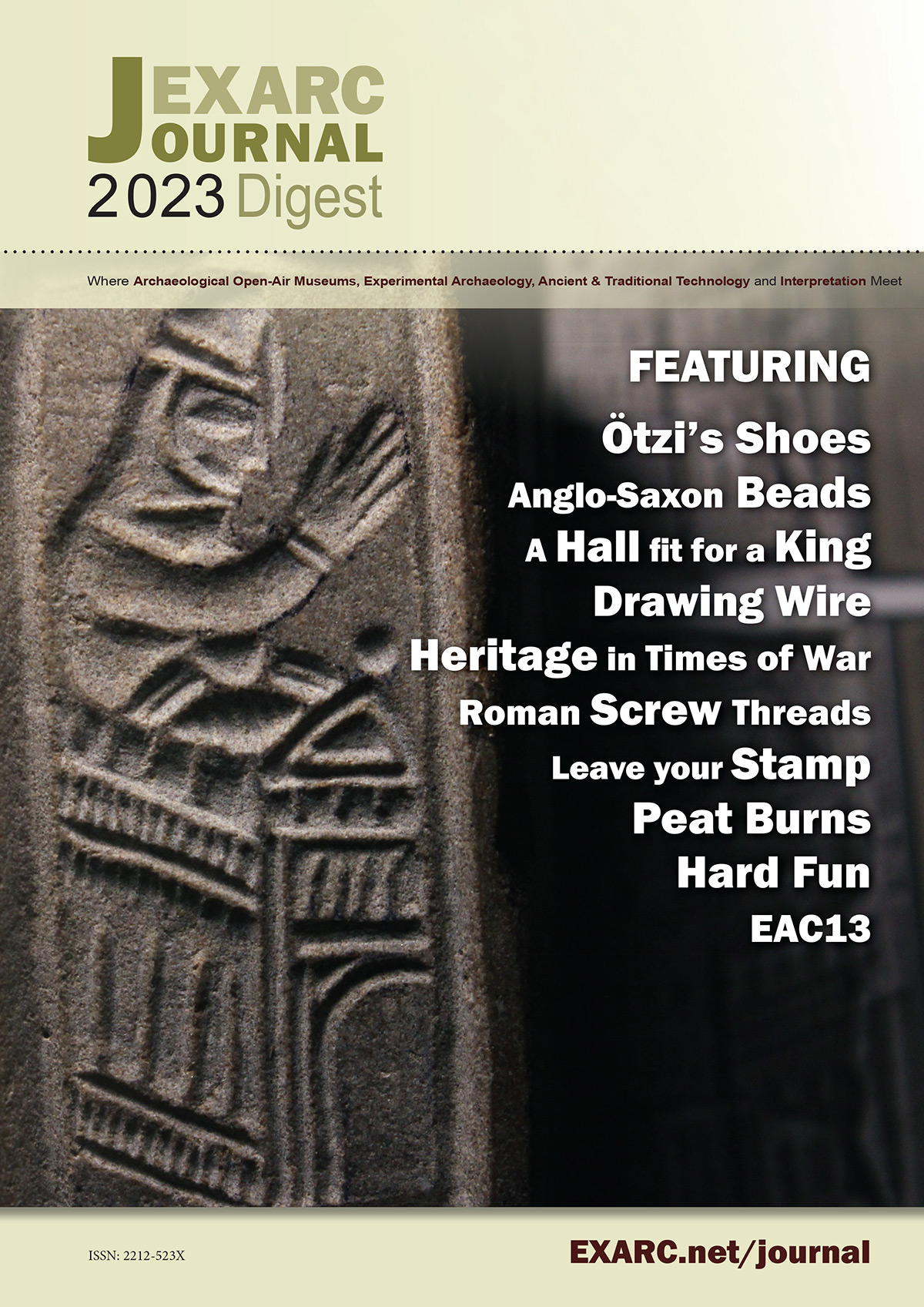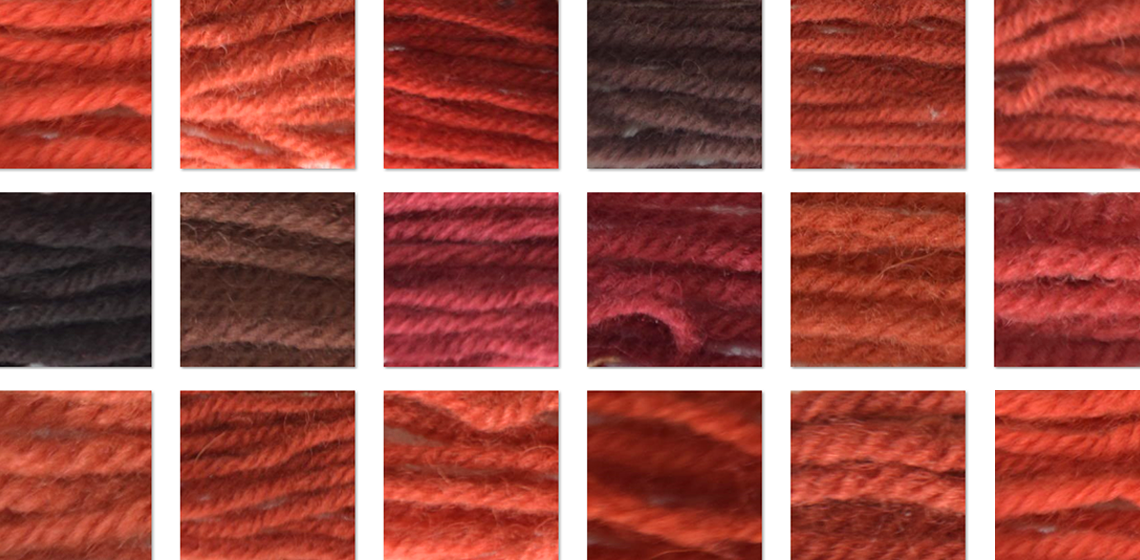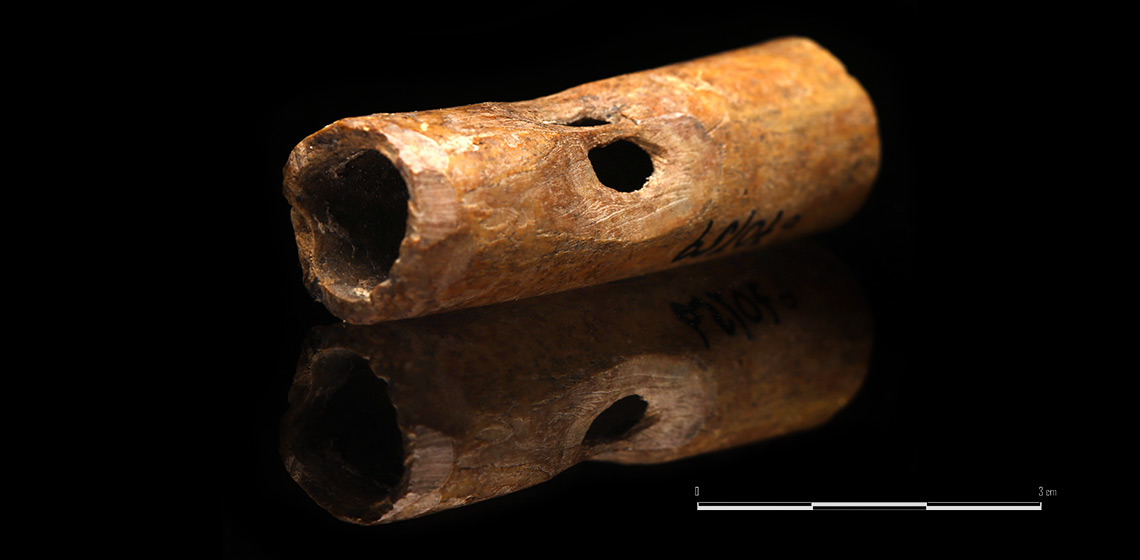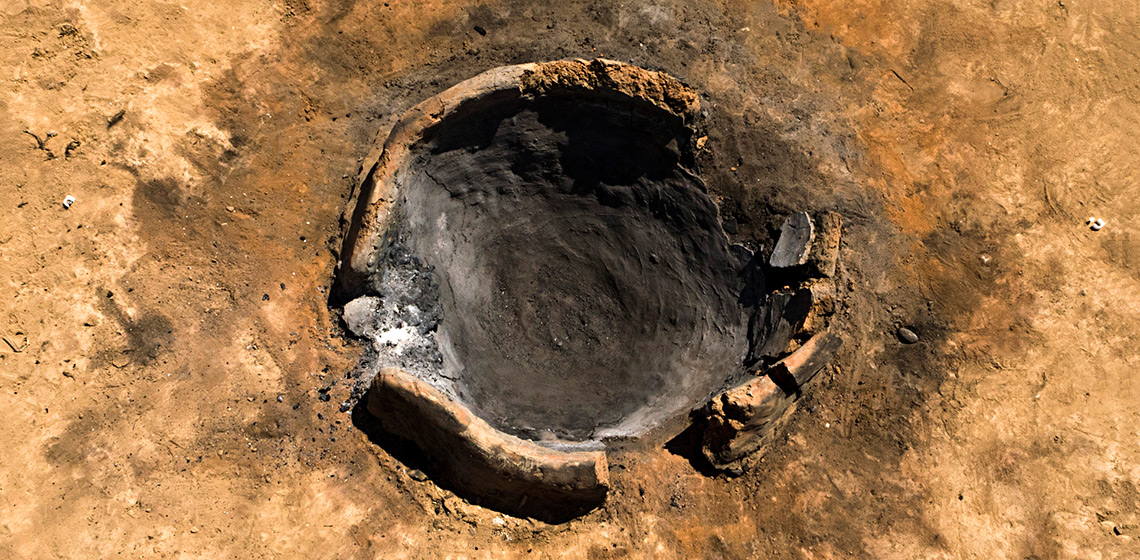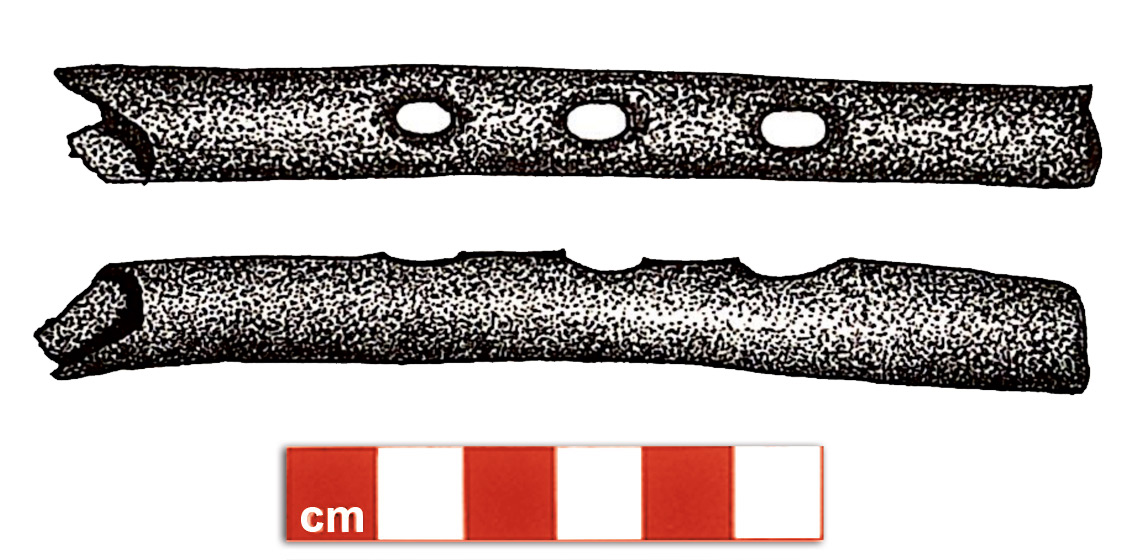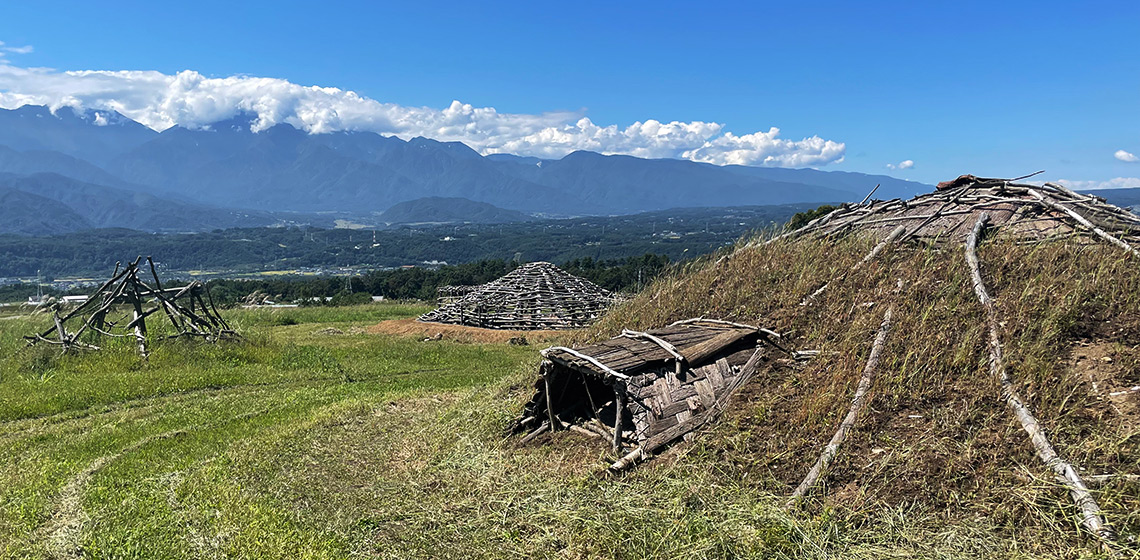EXARC Journal - Latest Articles
Bone Pipes with Parallel Tone Holes. Materials from Medieval Poland (until the End of the 12th C)
Shedding New Light on the Pure Copper Metallurgy of the Chalcolithic Southern Levant Through an Archaeological Experiment
Early Medieval Bone Pipes: Understanding the Sounds of These Instruments through Reconstruction
Introduction
Bone pipes dating from both the early and late medieval period have been found in the archaeological record from across central and Northern Europe such as in: The Netherlands (Tamboer, 2004), Denmark, Sweden (Lund, 1981a), Poland (Poplawska, 1998), Latvia (Urtan, 1970) and Estonia (Oras, 2015) (Tamboer and Rainio, 2020). One of the first comprehensive studies of these instruments as a whole is that by Brade, published in 1975.
Approaches to Experimental Pit House Reconstructions in the Japanese Central Highlands: Architectural History, Community Archaeology and Ethnology
Introduction
In Japan, experimental archaeology has thrived on many efforts to reconstruct prehistoric buildings. Since 1949, approximately one thousand buildings have been built at 360 sites (Ertl, 2021), making archaeological reconstruction something of a national pastime. In this article we compare approaches to making ancient pit houses at three sites located in the Central Highlands region of Japan: Togariishi-Yosukeone site (Chino City, Nagano Prefecture), Idojiri site (Fujimi Town, Nagano) and Umenoki site (Hokuto City, Yamanashi Prefecture) (See Figures 1–3).
Book Review: Technology and Experimentation in Archaeology by Sara Cura et al.
Are chaîne opératoire, technology, and experimental protocols and methodology keywords to your research interests? Technology and Experimentation in Archaeology provides international perspectives and excellent case studies on those very subjects...

 The EXARC Journal (since 2004) is the leading Journal for those involved in
The EXARC Journal (since 2004) is the leading Journal for those involved in 